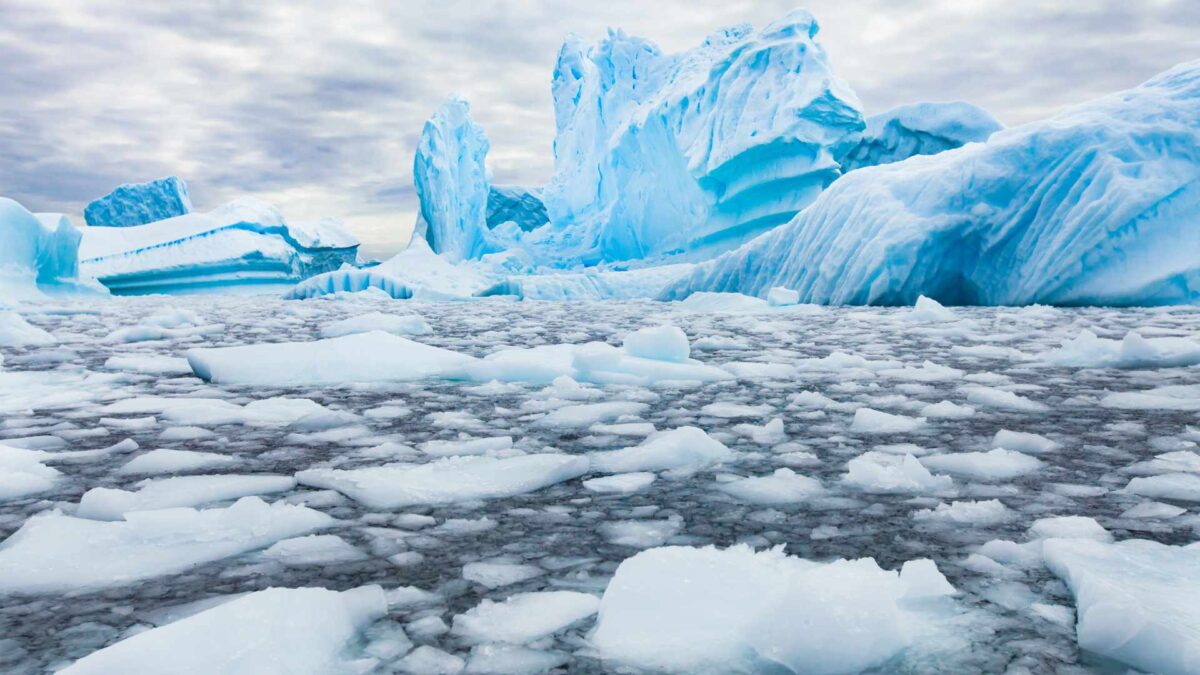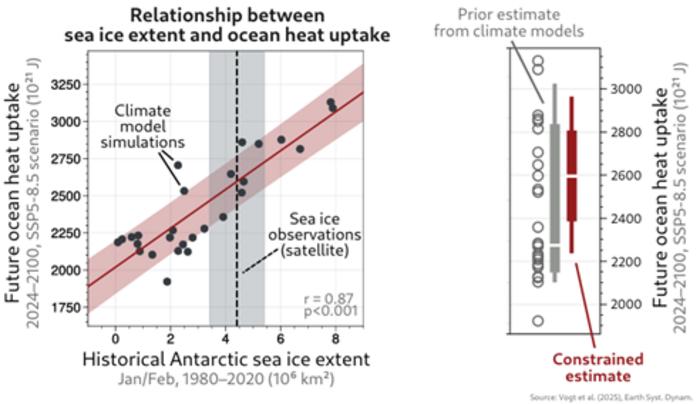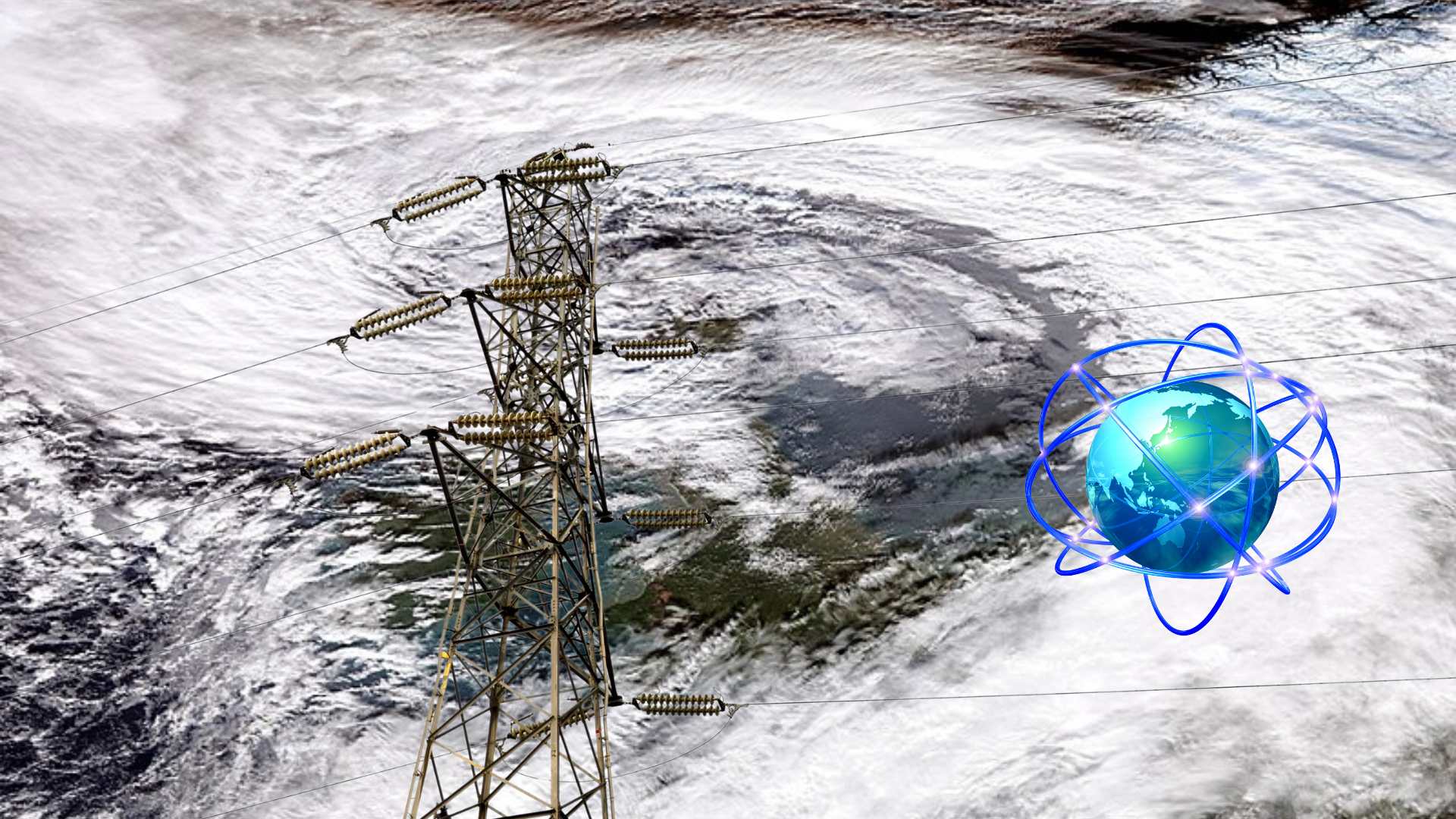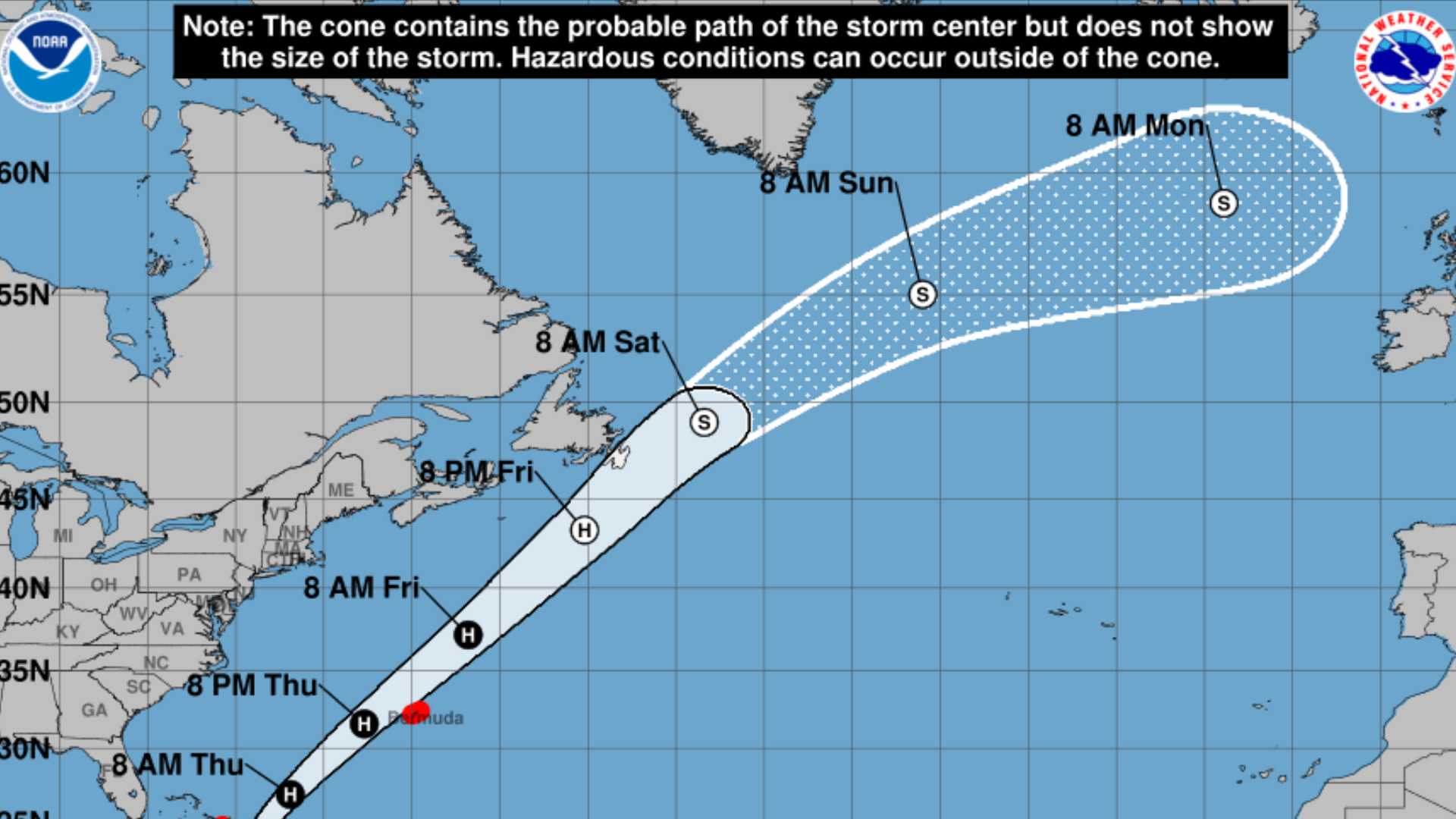
Study ties Antarctic sea ice to stronger global heating

A study published on Thursday has identified a link between Antarctic sea ice, cloud cover and global warming that suggests the planet may heat up faster than current models predict.
The research, in the European Geosciences Union journal Earth System Dynamics, found that models which underestimated the extent of Antarctic sea ice in the past also underestimated how much heat the oceans will absorb in the future.
Scientists from Sorbonne University, New York University and the University of Bern analysed satellite data from 1980 to 2020 alongside 28 climate models. They concluded that by 2100 ocean heat uptake and sea level rise could be up to 14 per cent higher than expected, cloud feedback up to 31 per cent stronger and global surface temperatures up to 7 per cent higher than current projections.
Lead author Linus Vogt said the influence of Antarctic summer sea ice was greater than anticipated. “Antarctic sea ice covers less than 4 per cent of the ocean’s surface, so how could it be so strongly associated with global ocean warming? Only after a lot of analysis did we understand the full implications of the sea ice-ocean-atmosphere coupling,” he said.

The findings indicate that sea ice conditions in the Southern Ocean affect cloud formation, ocean circulation and heat storage across the globe. Models that start with larger, more accurate ice cover simulate colder oceans and thicker clouds, which then amplify warming as greenhouse gases rise.
Co-author Jens Terhaar of the University of Bern said the results show the need for more accurate simulations of ocean circulation and sea ice alongside clouds.
The study also cautions against relying solely on short-term trends in recent decades, which may miss systemic shifts such as the record-low Antarctic sea ice extent recorded in 2023.
Share this WeathÉire story:







